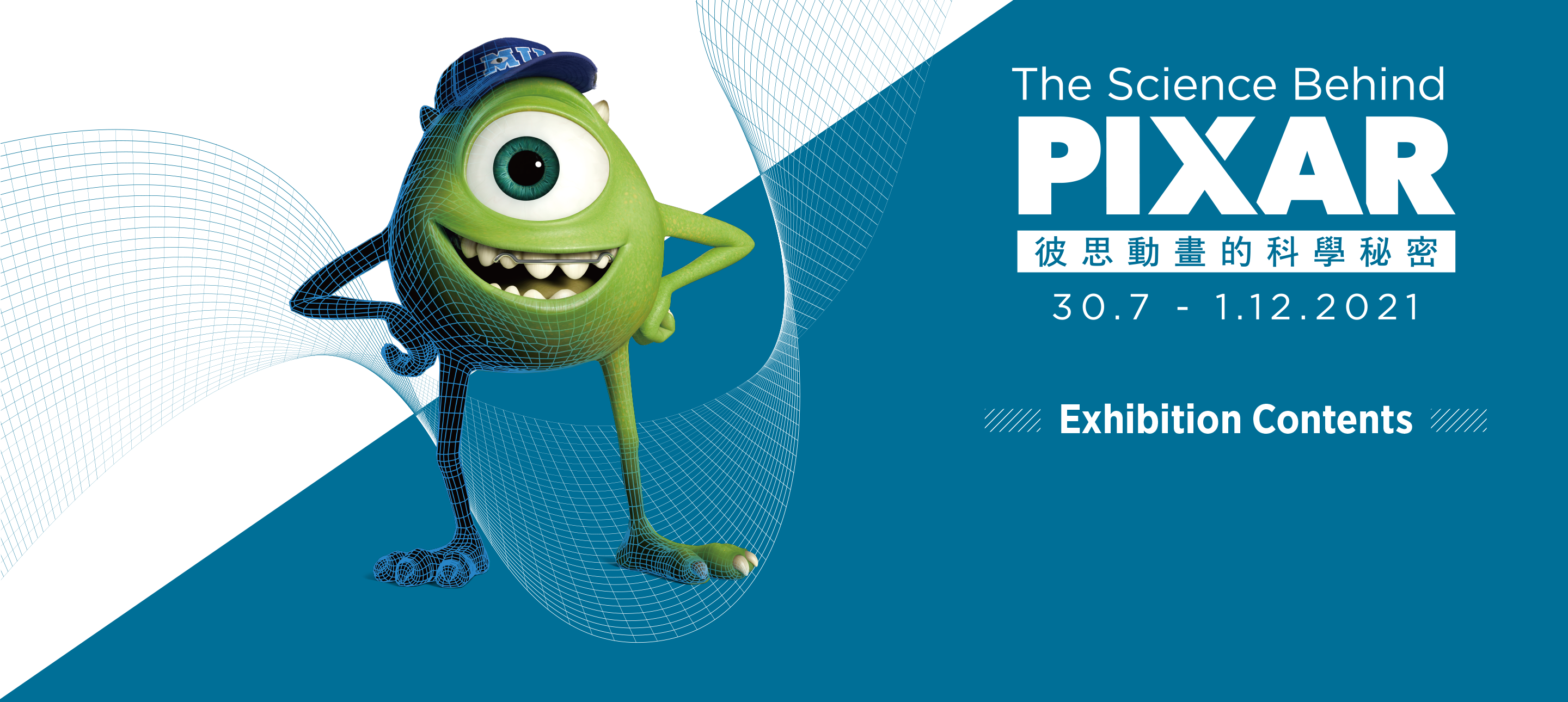
Modeling
Character design starts with artists who create sketches and clay sculptures called maquettes to get each character just right. Digital modelers then create the virtual 3D models of the characters. The final model is a virtual wireframe of points and the edges that connect them.
Rigging
Digital rigs are the virtual bones, joints, and muscles that allow models to move. A good rig allows the animators to create poses easily and efficiently. Riggers break down those motions into individual elements and create the hundreds of control points that animators will use to create poses.
Surfaces
A virtual 3D model is just a shape, the surface is how it appears. Surfacing artists construct its appearance with computer programs called shaders. They determine the way light scatters off the surface so it looks shiny, transparent, and smooth (like glass) or dull and rough (like rust).
Sets & Cameras
The setting of each scene and the way each image is framed convey the context, story, and emotion. Set designers are architects. They build virtual environments from the ground up. Every pebble, tree, and building helps turn the storyboards into a believable world. Camera artists use virtual cameras to shape what is shown on screen. They choose the composition, camera movement, and lens type to support the story.
Animation
Pixar animators pose characters to act out each scene and bring a story to life. They start by creating key frames that mark out important positions in a movement. Then, they use a computer program to describe how the object moves between those key frames so that the resulting animation conveys the desired emotions.
Simulation
Simulation programmers create motion that makes scenes feel alive and believable. Some simulations – hair, fur, and clothing – respond to the way a character moves. Other simulations re-create natural phenomena, such as fire or water. Programmers start with the underlying physics, but they balance believability with the artistic needs and the time it takes to run the simulation.
Lighting
Lighting is an essential part of telling a story. Light shows you where to look and enhances the emotional feel of each scene. Lighting designers have the additional task of defining virtual lights in the computer. The color, position, and intensity of each light needs to be programmed to achieve the desired artistic effect.
Rendering
The virtual scene is set – the characters are shaded and posed, the lights and camera are in position, and the simulations are ready to run. But no one knows what it looks like until the rendering process turns all that data and programming into an image we can see. Pixar generates low-resolution renders for work in progress and high-resolution renders for the final film.
Pipeline
Watch a scene from Inside Out at each stage of the production from storyboards to final film.


